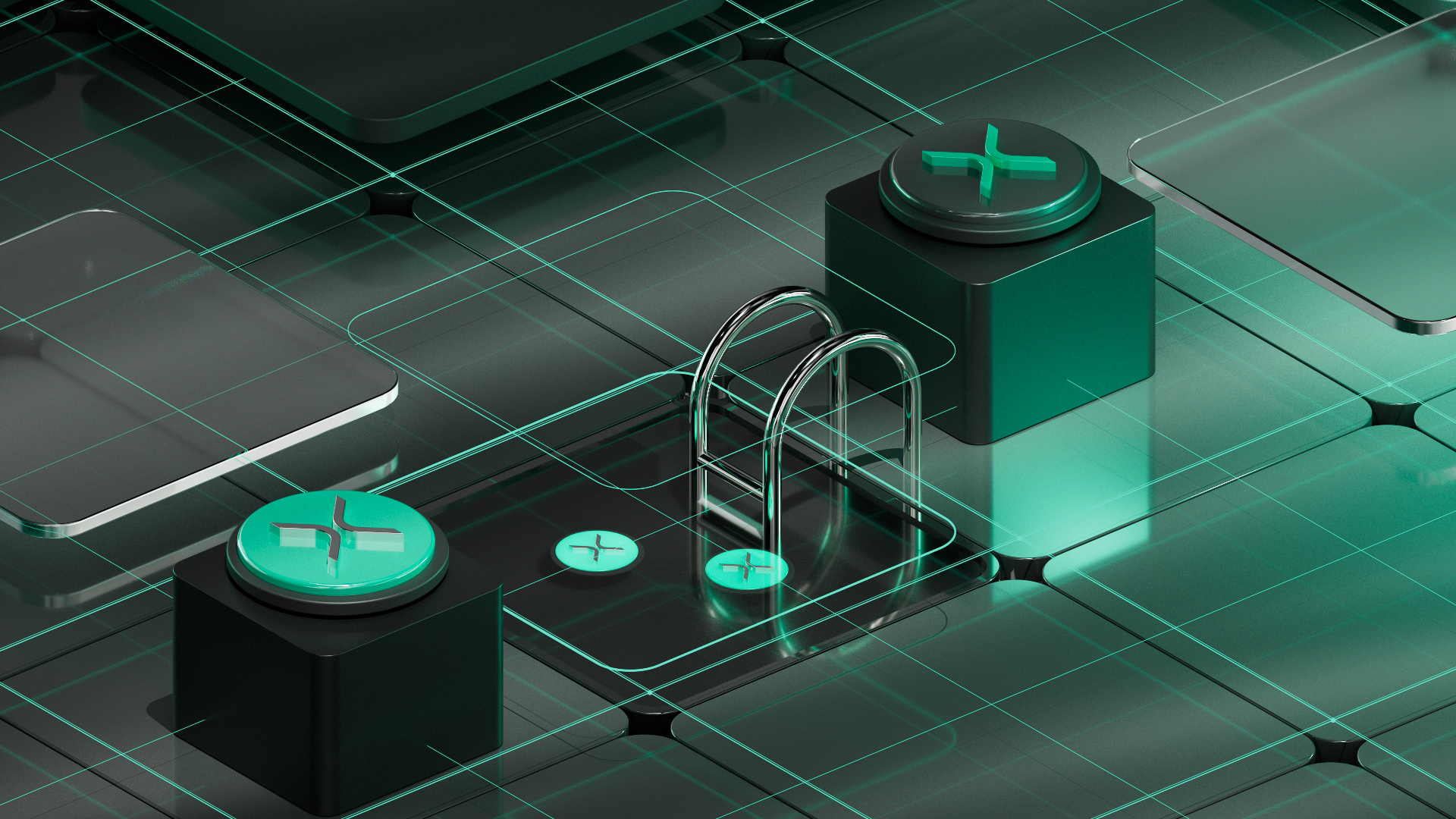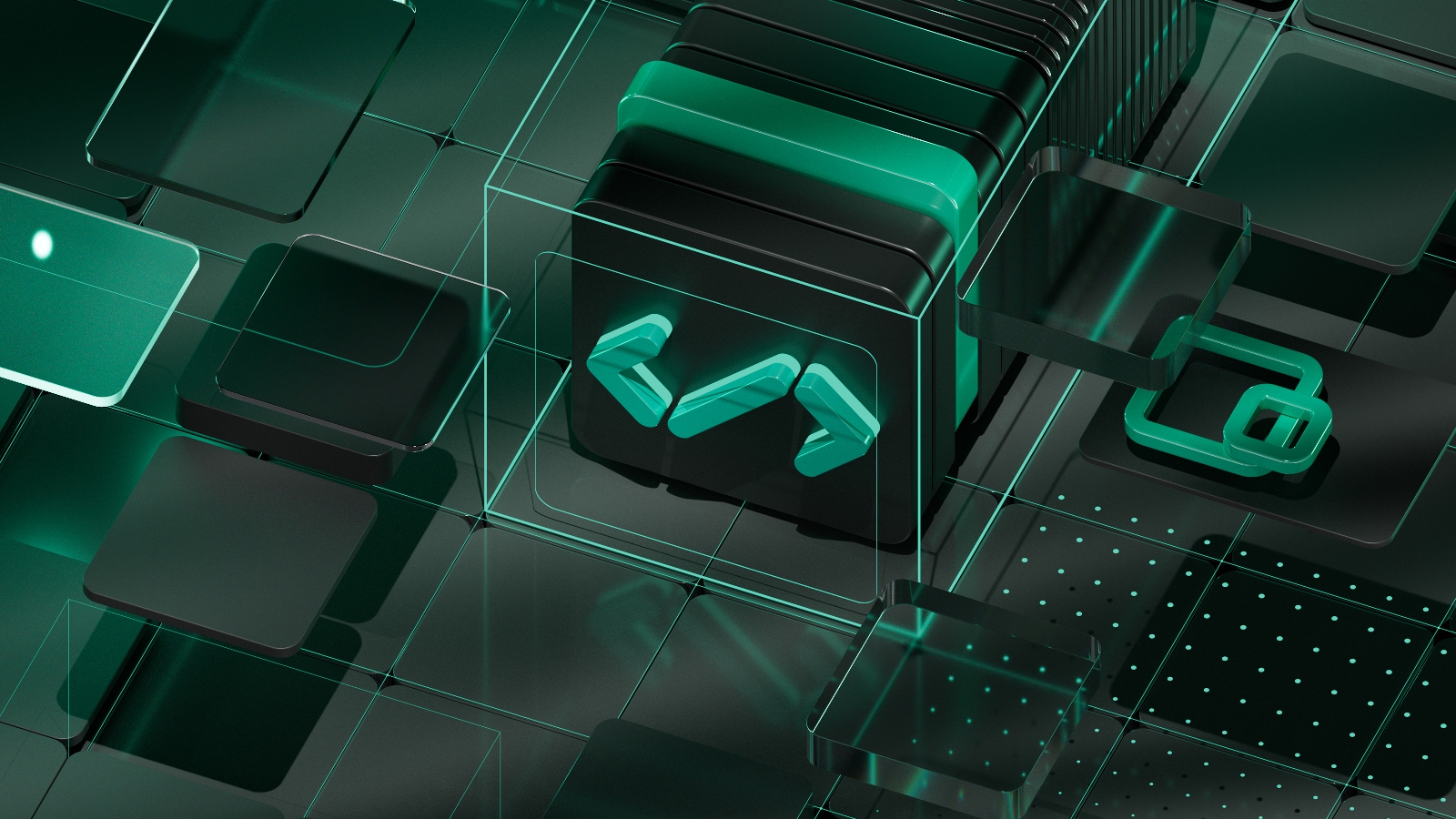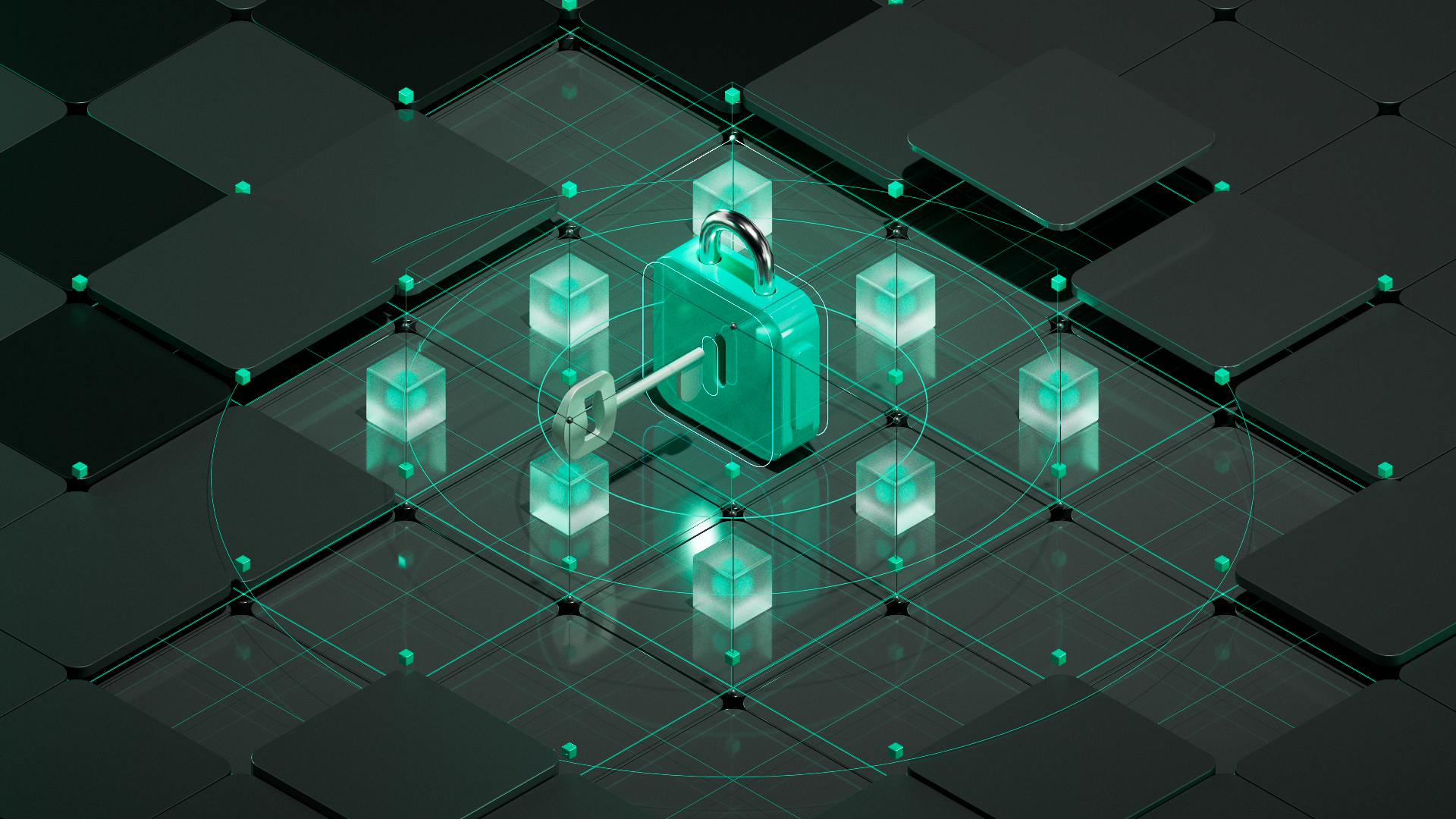Bitcoin Ordinals 2.0: Bringing Inscriptions To A New Level
- Understanding BTC Inscriptions: The Foundation of Bitcoin Ordinals
- Recursion: A Key Component of Complex Digital Systems
- Turing Complete Smart Contracts vs Recursive Inscription
- Understanding Recursive Inscription
- DeFi Smart Contracts on Ethereum
- DeFi with Recursive Inscription: A New Level of Complexity
- Recursive Inscription: Unleashing New Creative Opportunities
- Easing the Load: Recursive Inscriptions and Network Efficiency
- The Future of Bitcoin Ordinals
Understanding BTC Inscriptions: The Foundation of Bitcoin Ordinals
Bitcoin Ordinals introduces the concept of ‘inscriptions’ – data encoding onto individual satoshis, the smallest denomination of Bitcoin. Inscriptions can range from simple texts to complex digital artefacts like images, audio, or video files. This process effectively transforms each satoshi into a unique digital artefact that can be stored and traded, much like an NFT.
Recursion: A Key Component of Complex Digital Systems
In the simplest terms, recursion refers to a process where a function calls itself as a subroutine. This concept can be found in various instances of nature and mathematics, with fractals being a prime example of recursive structures. Factorials in mathematics also utilise recursion, where the factorial of a number n is calculated as n*(n-1)(n-2)…321. Recursion forms a crucial component in the definition of Ordinals 2.0 and enhances its functionality.
Turing Complete Smart Contracts vs Recursive Inscription
The term ‘Turing complete’ is used to describe systems that can simulate a Turing machine, essentially meaning they can perform any computation, given enough time and resources. Although, in the realm of blockchain technology, Ethereum’s smart contracts are an example of a Quasi-Turing complete system, if enough resources were to be available (that is, an unlimited amount of processing power, and, subsequently, gas), the code could in theory process the most complex of tasks).
This Quasi-Turing completeness allows for the creation of contracts that can execute any conceivable set of instructions or algorithms, making Ethereum a popular platform for building decentralised applications (dApps). The Ethereum Virtual Machine (EVM), in particular, can handle complex computations and, therefore, can support a broad array of dApps and services.
On the other hand, Bitcoin’s scripting language was intentionally designed not to be Turing complete. This is primarily a security measure to avoid potential loopholes and vulnerabilities that a Turing complete language could expose. However, this design decision means that Bitcoin’s script can’t facilitate complex computations and algorithms in the same manner as Ethereum’s smart contracts can. It was intended more for simpler transactions rather than multi-functional dApps.
Understanding Recursive Inscription
Enter recursive inscription, a key feature of Bitcoin’s Ordinals 2.0. Recursive inscription bridges this gap in Bitcoin’s ecosystem, enabling smart contract-like functionality within the Bitcoin network by allowing inscriptions to reference and utilise content from other inscriptions. Instead of creating and running an entirely new set of instructions each time, recursive inscriptions allow for the use of pre-existing inscriptions. These can be ‘called’ multiple times, creating a sort of loop, hence the term ‘recursive’.
While Bitcoin’s scripting language may not be Turing complete, recursive inscription allows the construction of complex, interactive content, much like Turing complete systems. By allowing inscriptions to access and use content from other inscriptions, Bitcoin can support applications that can dynamically alter their behaviour based on pre-existing data or conditions.
DeFi Smart Contracts on Ethereum
In Ethereum’s DeFi ecosystem, smart contracts self-execute the terms of an agreement written directly into lines of code. These contracts can handle a wide array of functions, from managing tokens to facilitating complex financial transactions, all without the need for intermediaries.
DeFi with Recursive Inscription: A New Level of Complexity
Recursive inscription fundamentally changes the nature of DeFi by introducing a new degree of interoperability and adaptability within inscriptions. This recursive process enables inscriptions to reference, utilise, and interact with each other’s data, building complex chains of information and commands.
For instance, one inscription could contain the logic for a decentralised lending protocol, while another could serve as an oracle, providing the lending protocol with real-time market data. A third inscription could function as a decentralised exchange rate protocol that interacts with both the lending inscription and the oracle inscription. This chain of interactions, much like smart contracts in a DeFi ecosystem, introduces the potential for complex financial operations within the Bitcoin network, even in the absence of Turing completeness.
Such a decentralised network of recursive inscriptions could lead to the development of more advanced financial products and services. These might include, but are not limited to, decentralised lending and borrowing platforms, derivative products, insurance protocols, and algorithmic stablecoins. All these could be built on the Bitcoin blockchain, fostering a robust DeFi ecosystem.
Recursive Inscription: Unleashing New Creative Opportunities
Recursive inscriptions enable users to create complex art pieces that go beyond static JPEGs. It allows for the remixing of existing inscriptions, leading to new combinations and creations. Additionally, it can be used to generate generative art collections where the algorithm is inscribed, and PFP collections where accessories and traits are inscribed. This vastly expands the creative possibilities within the Bitcoin ecosystem.
Easing the Load: Recursive Inscriptions and Network Efficiency
The introduction of recursive inscriptions could also significantly lighten the load on the Bitcoin network. Rather than executing complex smart contract logic on-chain, recursive inscriptions would offload much of this computational burden to the edges of the network.
In a recursive inscription model, transactions are processed individually, reducing the need for every node in the network to process every transaction. This localises the computational load and prevents unnecessary congestion. This method stands in contrast to Ethereum’s model, where each node must process every transaction, leading to network congestion during periods of high demand.
Additionally, recursive inscriptions could potentially enhance the network’s scalability by simplifying transaction verification. Each inscription would only need to reference a limited set of previous transactions, rather than the entire blockchain history. This streamlined verification process would mean fewer resources are required to maintain network integrity, thus leading to a more efficient and scalable Bitcoin network.
The Future of Bitcoin Ordinals
The introduction of recursive inscriptions in Ordinals 2.0 is likely to transform the Bitcoin network’s capabilities. With the potential to enhance its programmability to smart contract-like status and expand creative possibilities, Bitcoin Ordinals are poised to attract further interest from users, developers, and investors. It’s a significant step forward, demonstrating Bitcoin’s ongoing ability to innovate and evolve. As we move ahead, Bitcoin Ordinals may serve as a strong testament to Bitcoin’s adaptability and its potential for continued growth and transformation.




